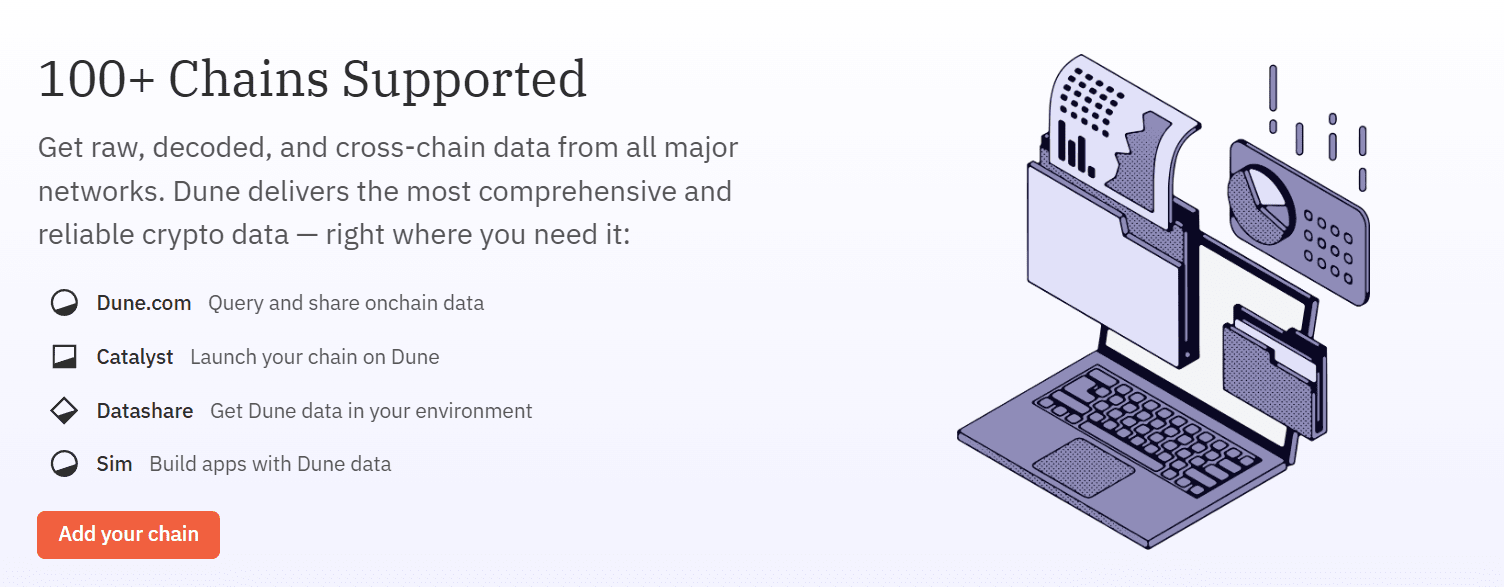
As blockchain applications become more widespread, secure and convenient interactions have become the focus of user concerns, while traditional connection methods pose risks to privacy and efficiency. WalletConnect Gateway has quietly risen, serving as a trusted bridge with its decentralized protocol, connecting wallets and applications, and bringing a balance of security and efficiency to the Web3 world.
Examining how it shapes a new pattern of interaction through technological innovation, WalletConnect Gateway's bridging role began with its decentralized communication protocol. As of August 2025, it supports 14 chains, including Ethereum, Solana, and Base, with total connections reaching 320 million.
Smart Sessions introduced context-aware permissions in July 2025, increasing monthly active users to 50 million. In June 2025, a partnership with Coinbase launched WCT, achieving a 24-hour trading volume of $38 million and a TVL close to $640 million. Nodes are operated by 20 providers including Consensys, Ledger, and Nansen, with optimizations in August 2025 reducing connection latency to 400 milliseconds and achieving a success rate of 99.95%. The extension of trust lies in its staking mechanism.
In August 2025, 260,000 users participated in staking, with lock-up periods ranging from 1 week to 2 years, and stake weight distributed proportionally. Weekly rewards reached 550,000 WCT in July 2025. Governance features opened in June 2025, with 32% of holders participating in voting, covering proposals for network upgrades and fee structures. The 'Gateway Challenge' event in August 2025 attracted 250 dApps, with API calls exceeding 290 million. In April 2025, Binance Launchpool allocated 44 million WCT, with trading volume increasing by 20%, but potential risks also need attention.
Node synchronization issues may affect services; the test network in July 2025 showed that 6% of nodes exited due to network fluctuations. Increased governance participation requires more educational support. In the future, if WalletConnect optimizes node synchronization and enhances community involvement, its bridge may connect a broader Web3 ecosystem. This bridge lays the foundation of trust for Web3. Each crossing it makes is a push for blockchain interaction, and we look forward to a more solid future.




